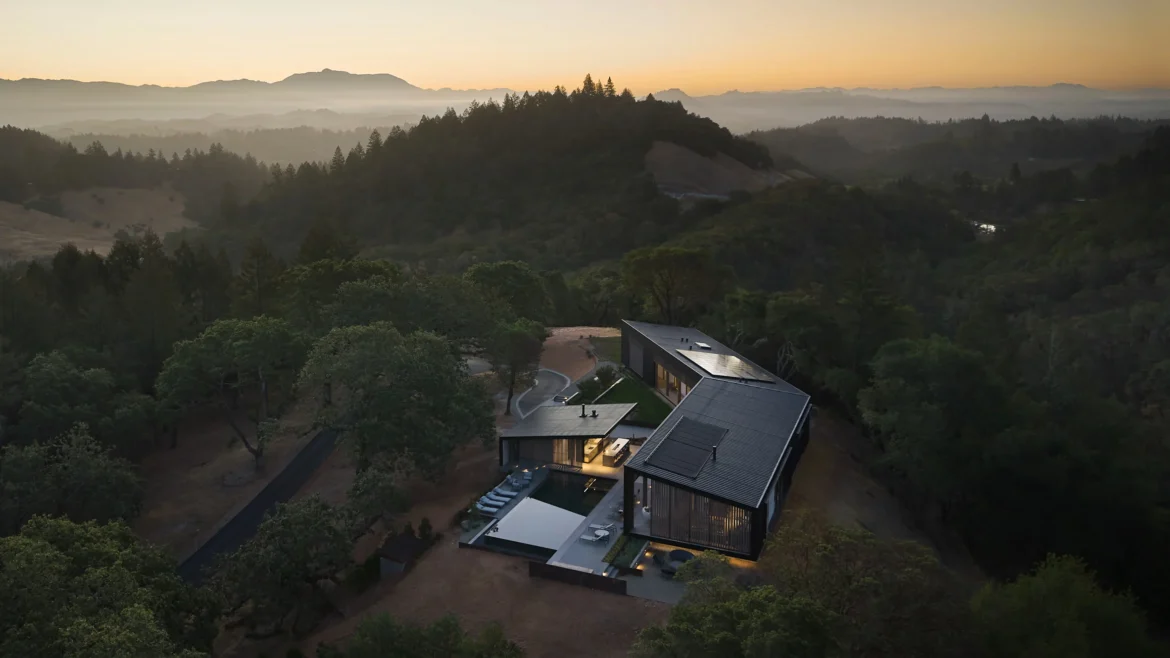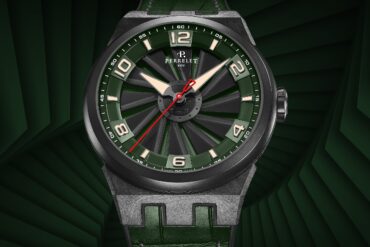As you will likely be aware, California is pretty used to wildfires so if you’re building a home there, it makes sense to do everything you can to ensure that it won’t be affected by any unexpected fires. A fine example of this is Fire Country Lookout House which is located in Sonoma County and designed by local firm Studio VARA. To help keep fires at bay, this impressive piece of modern architecture is wrapped in a protective shell made of standing-seam metal and is designed to operate off the grid.
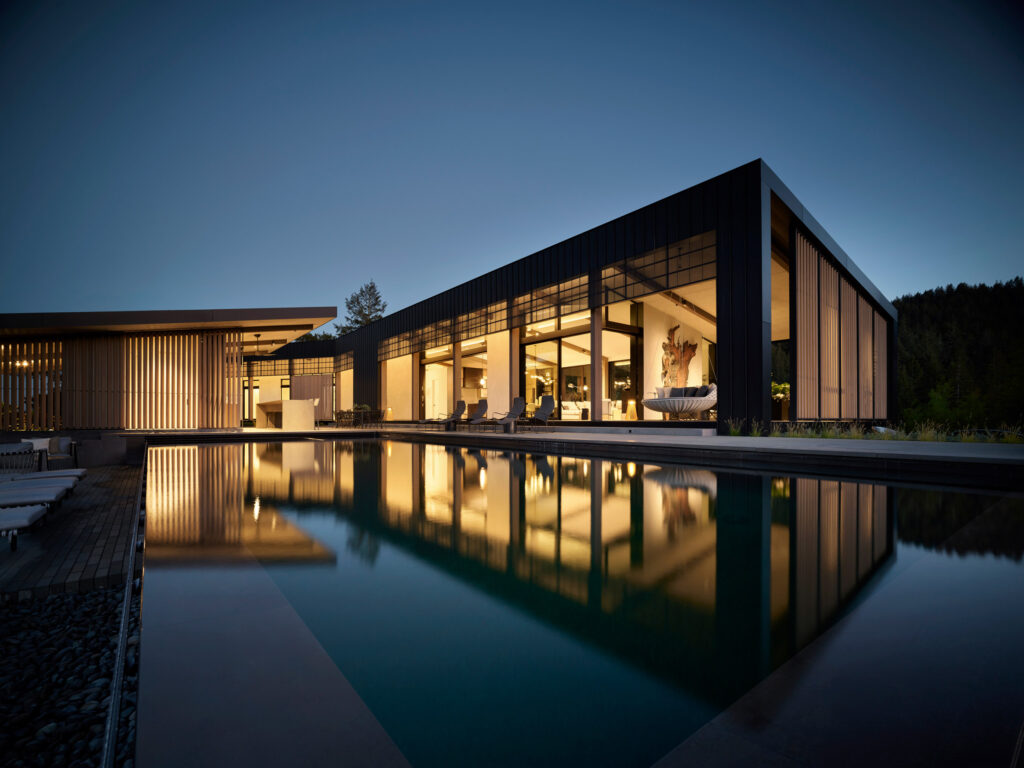
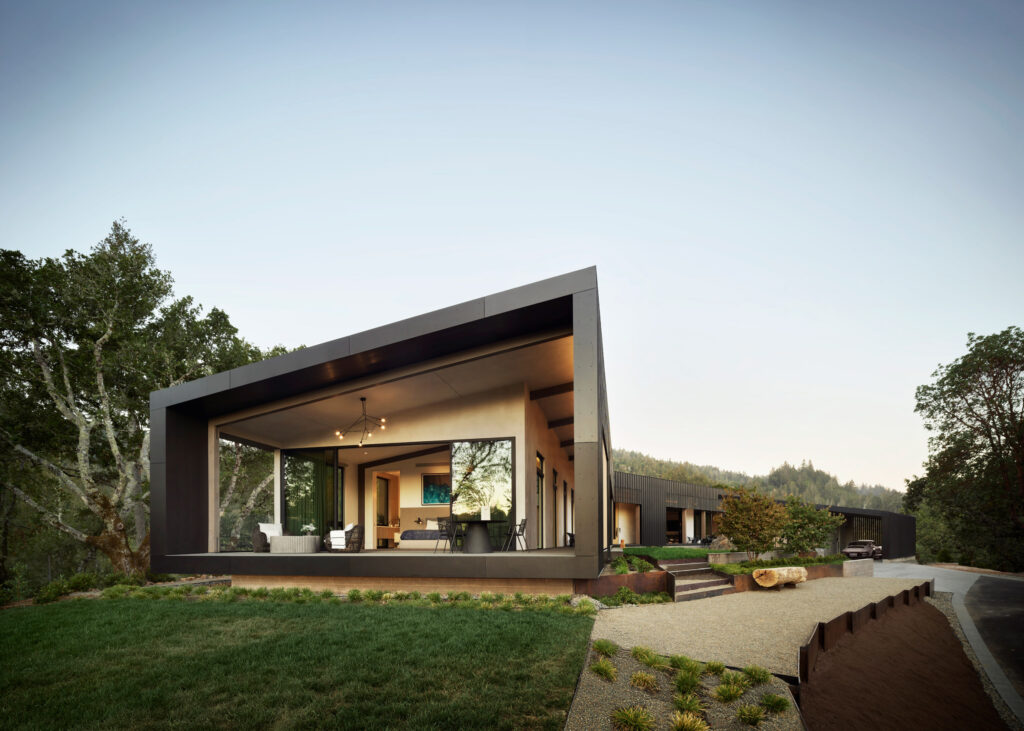
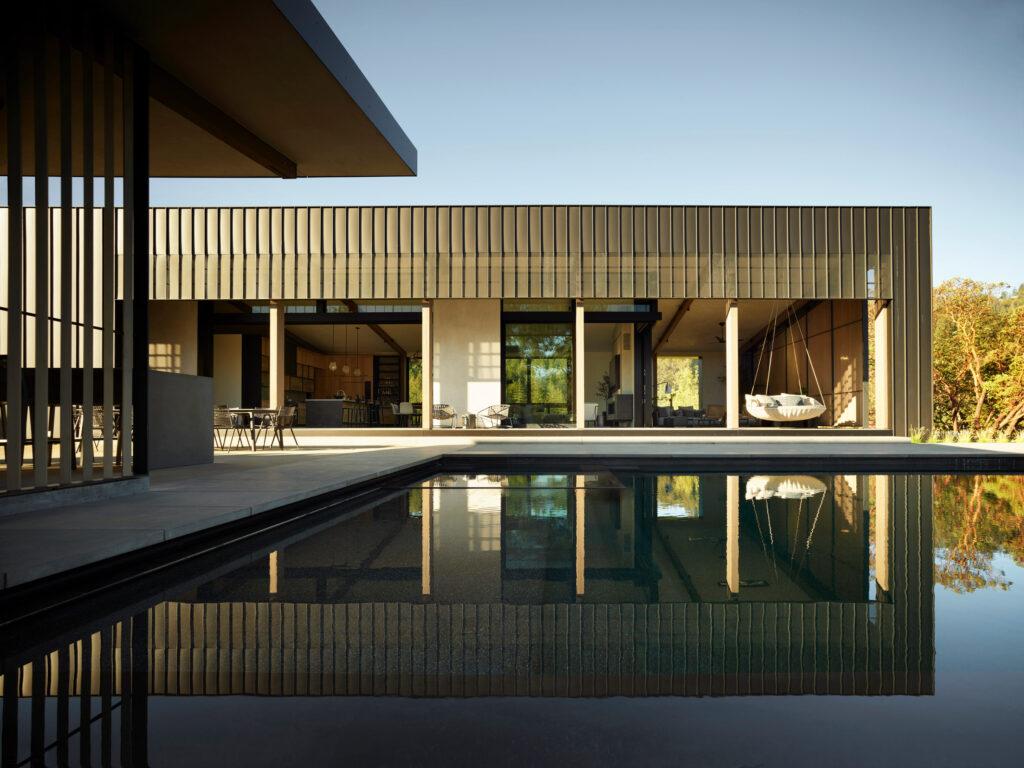
Located atop a hill surrounded by oak trees, Fire Country Lookout House is a bold, impactful piece of design from Studio VARA and we’re loving the use of materials throughout here at Coolector HQ. A meandering gravel path leads to the stunning home, created for a couple with three young children seeking a secluded getaway. The design draws inspiration from the husband’s childhood in Johannesburg, South Africa, where his father owned a construction firm and nurtured in him an appreciation for the wilderness.
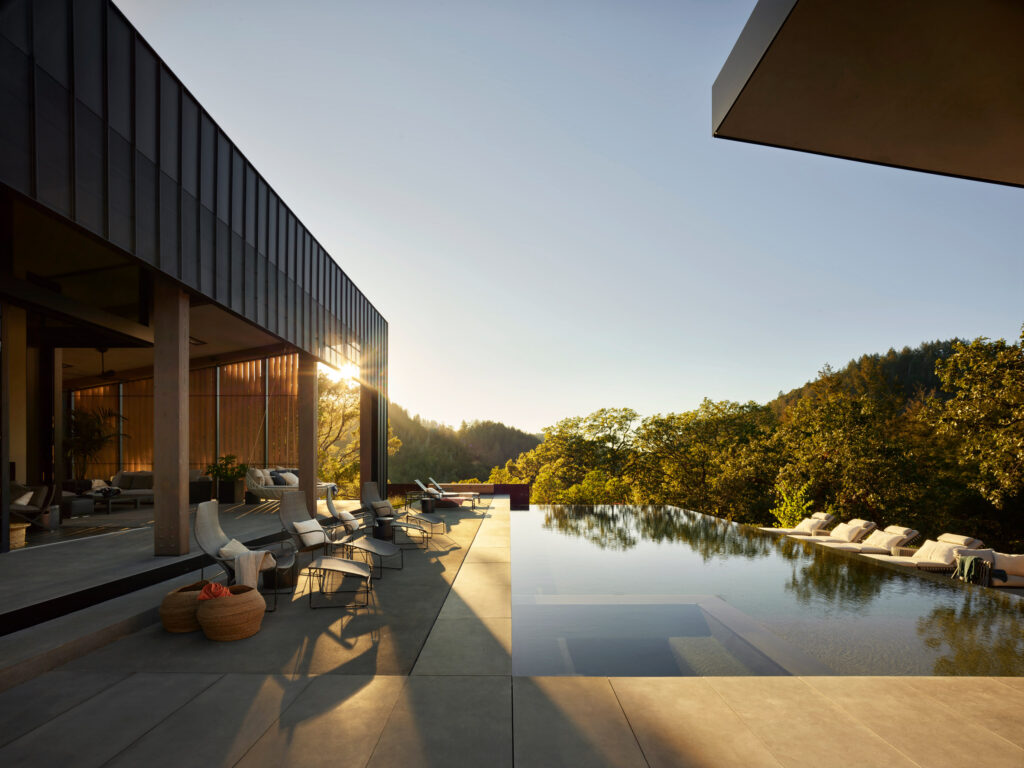
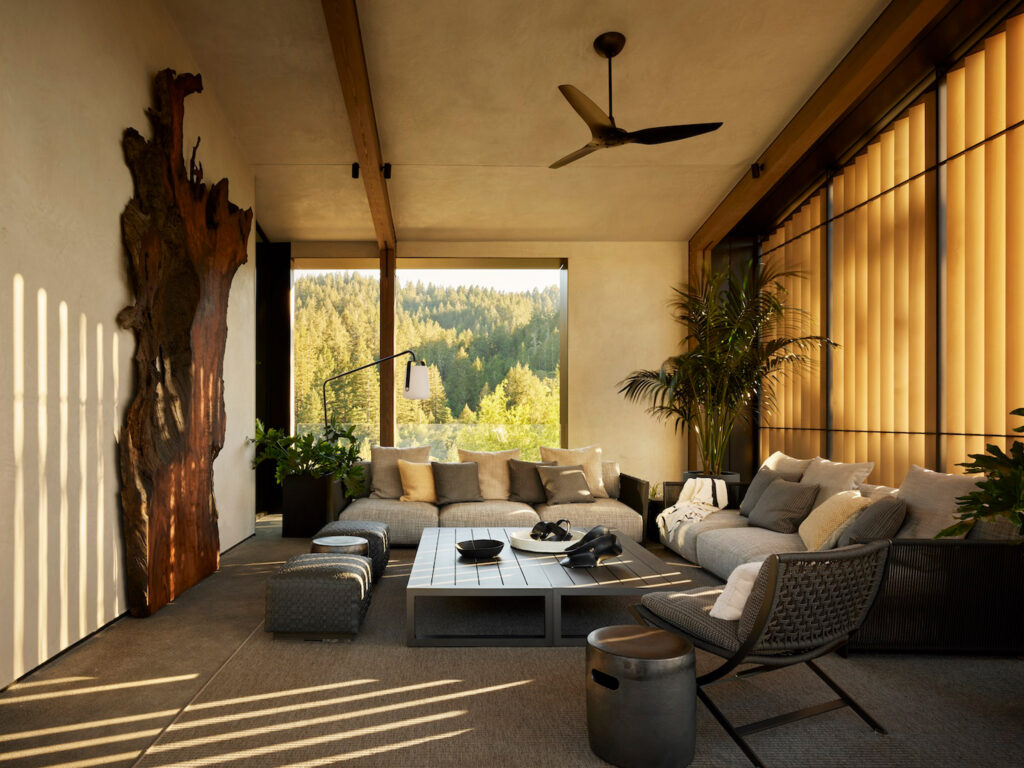
The design team set out to create a house that was both sustainable and in harmony with its surroundings. This mission led them to explore the 15-acre (six-hectare) property through hiking and camping, gaining a deeper understanding of the landscape. Their efforts resulted in the design of the 3,896-square-foot (362-square-metre) Fire Country Lookout House that extends from east to west along a ridge, consisting of two sections linked by a breezeway. The eye-catching prismatic form of the home features a strategic bend at its centre to enhance the panoramic views.
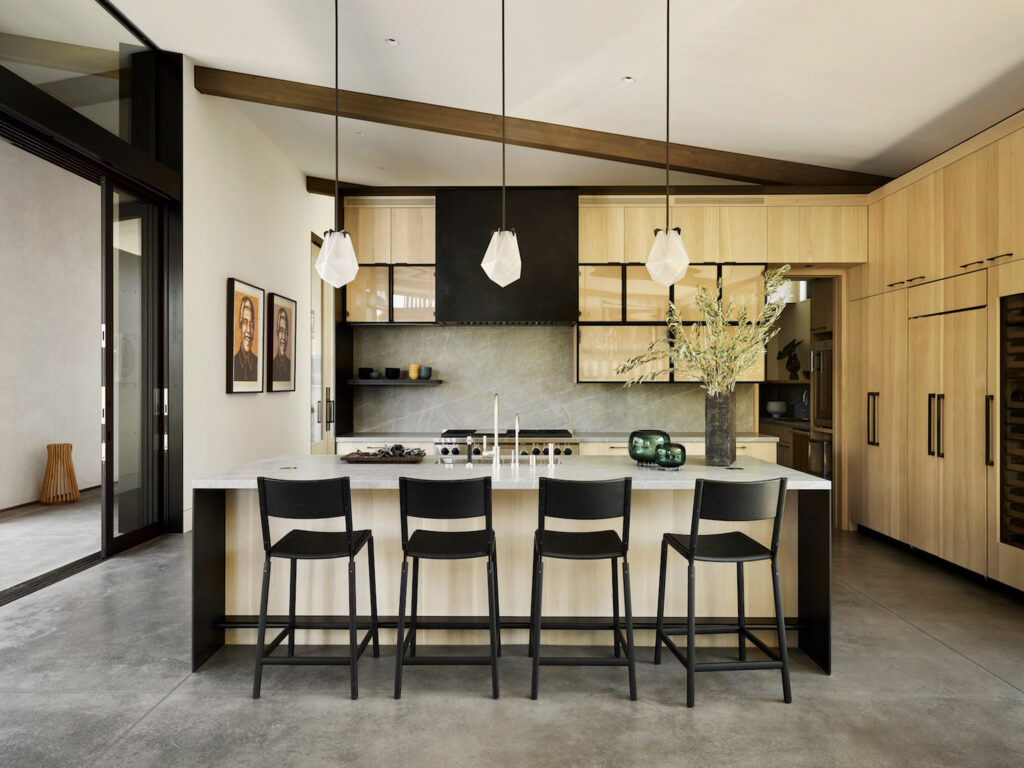
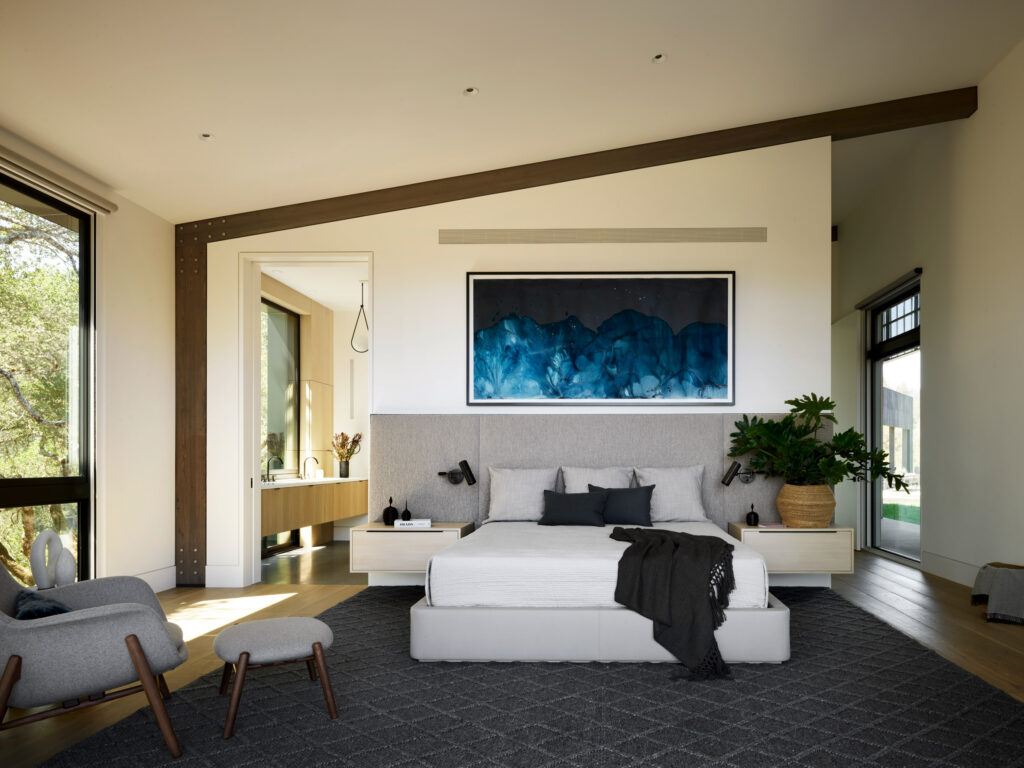
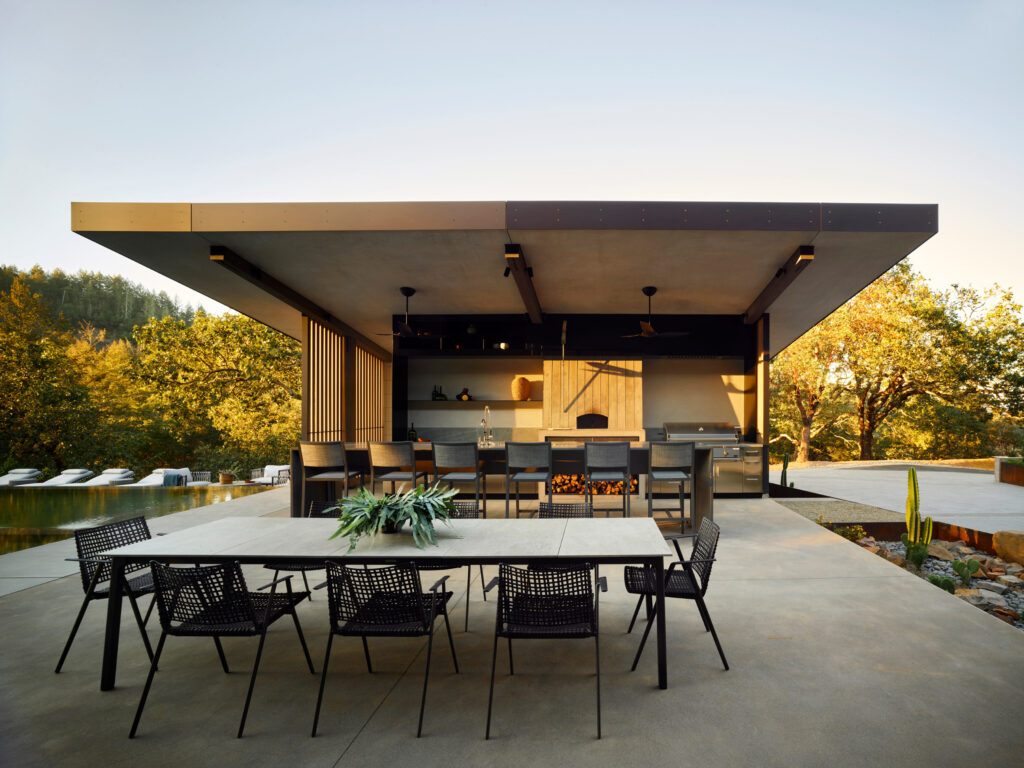
Adjacent to the main house, to the north, lies an infinity pool, accompanied by a pool house and a carport, adding to the property’s allure. The residence is constructed with a solid concrete foundation and a framework of glue-laminated timber for robust structural support. Its exterior is encased in standing-seam zinc panels that cover both walls and roof, creating a durable barrier against the intense sunlight and the wildfires common to the region.
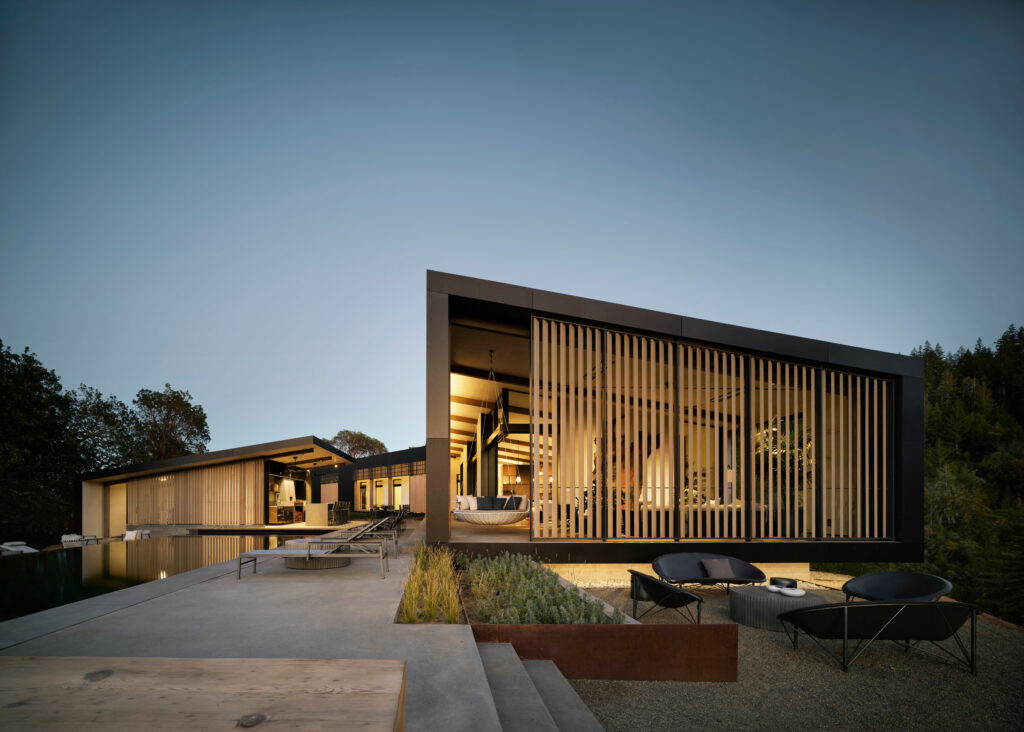
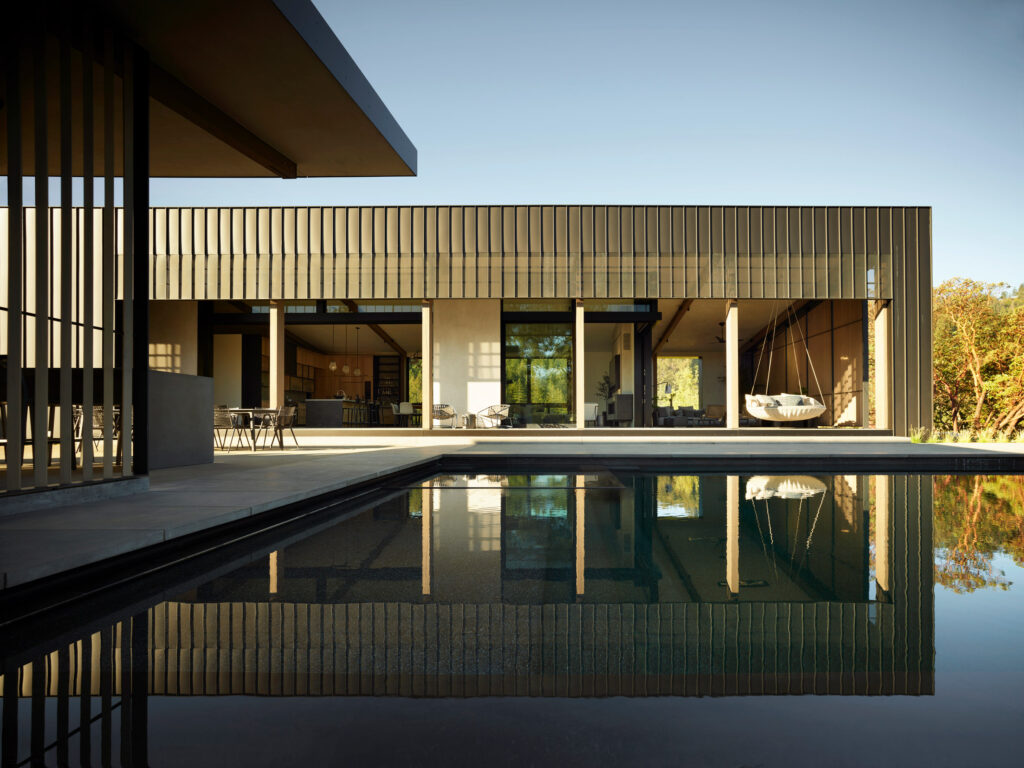

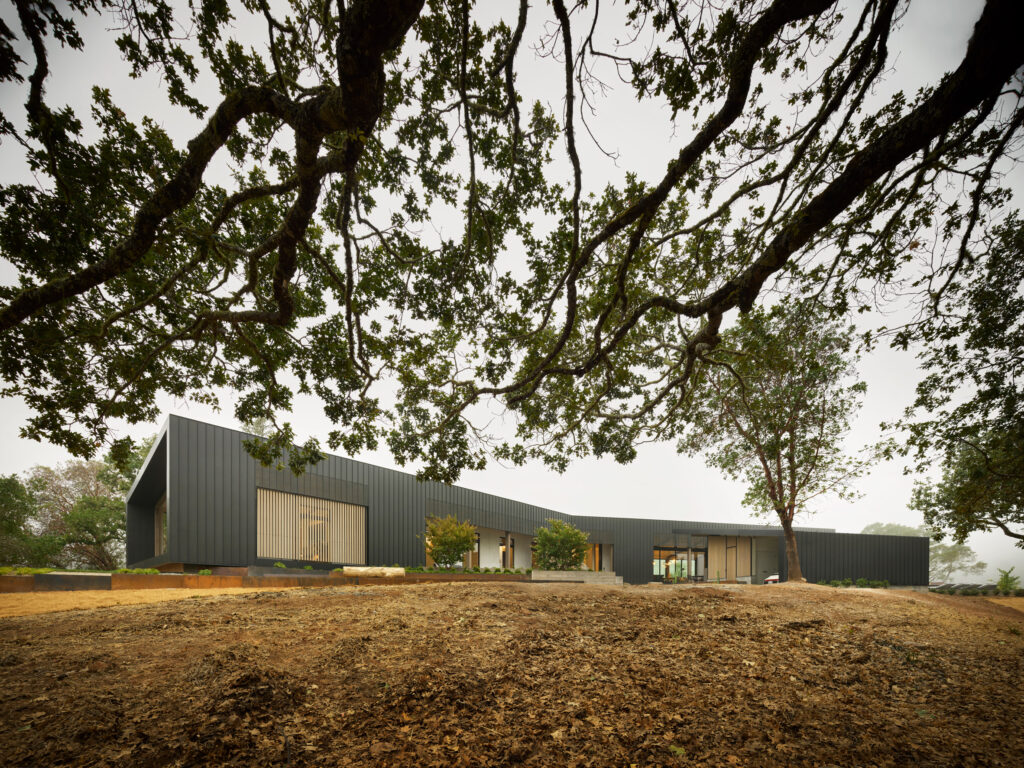
Designed for off-grid living, the home is equipped with a photovoltaic array for energy generation and solar panels dedicated to heating water for everyday needs as well as the swimming pool. Additionally, the house boasts its own septic system, water well, and propane gas supply, ensuring complete self-sufficiency.
- Rumpl Everywhere Mats - April 26, 2024
- Bang & Olufsen Beosystem 9000c CD Player - April 26, 2024
- Buckle & Band Milanese Stainless Steel Luxury Apple Watch Strap - April 26, 2024

